Medical coding today: a manual workflow
Medical coding is the linchpin of the reimbursement process. Every clinical act, whether a diagnosis, procedure, or treatment, must be translated into a standardized code to be billed.
In a manual setup, the process typically unfolds as follows:
- Reviewing patient records: Human coders read through detailed clinical notes to extract relevant medical information.
- Searching taxonomies: They navigate extensive code dictionaries (often >100,000 entries) to identify the corresponding billing codes.
- Assigning and cross-checking: Codes are manually entered into billing systems and verified against compliance rules.
- Validation and correction: Senior coders or auditors review entries, correct errors, and resolve discrepancies with physicians.
This end-to-end workflow is highly repetitive, time-consuming, and error-prone. Delays quickly accumulate into backlogs, and incomplete or inaccurate coding often results in missed reimbursements and financial leakage.
The role of Agentic AI
In this context, Agentic AI represents a transformative opportunity: not just generating text, but orchestrating goal-driven, autonomous workflows where multiple specialized AI agents collaborate seamlessly with human experts.
Applied to medical coding, Agentic AI can mirror the manual process while accelerating and securing it:
- Reading & summarizing patient records.
- Retrieving relevant codes across vast taxonomies.
- Validating compliance with reimbursement frameworks.
- Supporting human oversight with transparent explanations.
Client case: Automating medical coding at a Belgian hospital
With Eliott BERTRAND & Robin VERSCHUREN, from the Belgium office.
At Artefact, we believe that healthcare encounters are “moments in life” that fundamentally require human interaction. Our goal is to empower care teams and streamline clinical processes through AI, not to replace them. This philosophy guided our recent partnership with a hospital in Belgium to automate medical coding, billing, and social security reimbursement using advanced language models and Retrieval-Augmented Generation (RAG).
Our client was facing a huge workload for manually coding the medical gesture dispensed to patients, which is compulsory for the reimbursement system in Belgium.
A team of 18 people full-time job were to assign to each patient files its medical codes, over a list of 140,000 codes. At the time, this team was already months behind. Moreover, this process captured only a subset of high-value codes, leaving significant revenue unclaimed.
We designed a four-stage process, around multiple specialized AI agents
- Specialized AI Agent: An AI “scribe” reads the patient record, summarizes the clinical situation, and segments the case to identify relevant coding categories
- RAG-Powered Code Retrieval: A second agent uses retrieval-augmented generation to find all codes relevant to the documented clinical situation
- Code Validation Agent: A third agent verifies that the proposed codes comply with official rules and integrates feedback from expert coders
- Human Validation: Finally, a medical coder reviews and approves the AI’s recommendations ; based on an explanation from the last agent
By identifying previously missed codes and ensuring more complete billing, the hospital unlocked new revenue streams. Early indicators suggest significant revenue capture that had previously gone unnoticed.
The AI-driven pipeline delivered an 80% productivity gain, eliminating the coding bottleneck and enabling the team to catch up on backlogs. Coding accuracy and completeness improved, reducing errors and minimizing claim denials. The hospital also realized substantial cost savings by reassigning coders to higher-value tasks and reducing overtime.
Broadly, 80% of the workload of the 18 people coding have been autonomized, leading to 14,5 FTE saved. The project costed 50 man days of external consulting and no additional IT cost, leading to a ROI of ~600%, as an order of magnitude for the first year.
This case study reflects Artefact’s core belief: AI must deliver not only innovation but impact.
What’s next: scaling Agentic AI
Agentic AI initiatives rarely stop at a single use case. Once the first deployment demonstrates measurable value, organizations typically consider three main directions:
- Extend to adjacent workflows, applying the same agentic logic to other repetitive, high-volume processes (e.g., reporting, documentation, compliance checks).
- Prepare for governed autonomous operations, in domains with clear rules and measurable outcomes, enabling agents to operate with minimal human intervention under strong governance and monitoring frameworks.
- Build interconnected agent ecosystems, designing multi-agent systems that collaborate across functions, unlocking cross-process efficiency gains.
This trajectory reflects how organizations can progressively scale Agentic AI from pilot use cases to enterprise-wide impact, ensuring both efficiency and trust through robust governance.
 BLOG
BLOG

